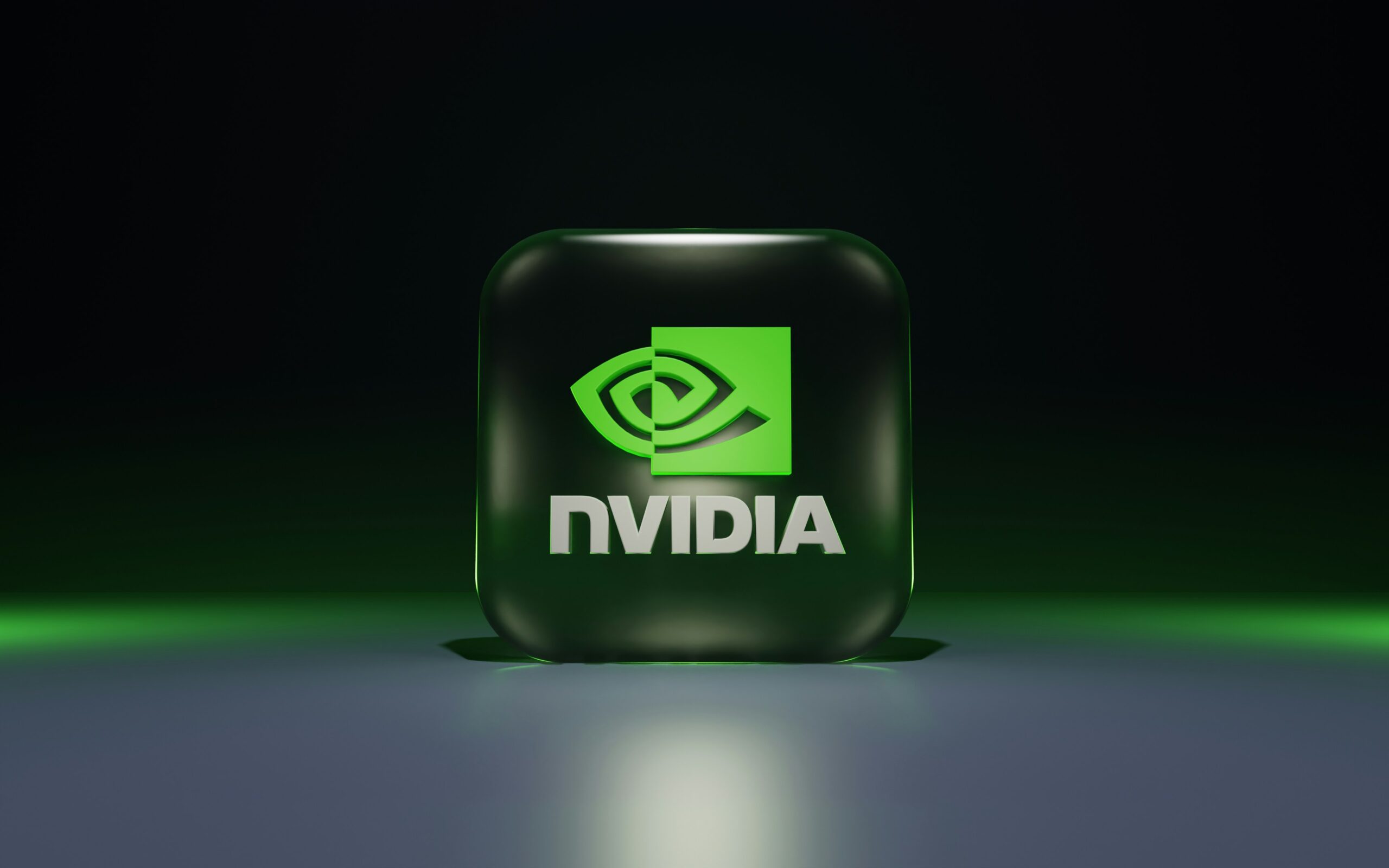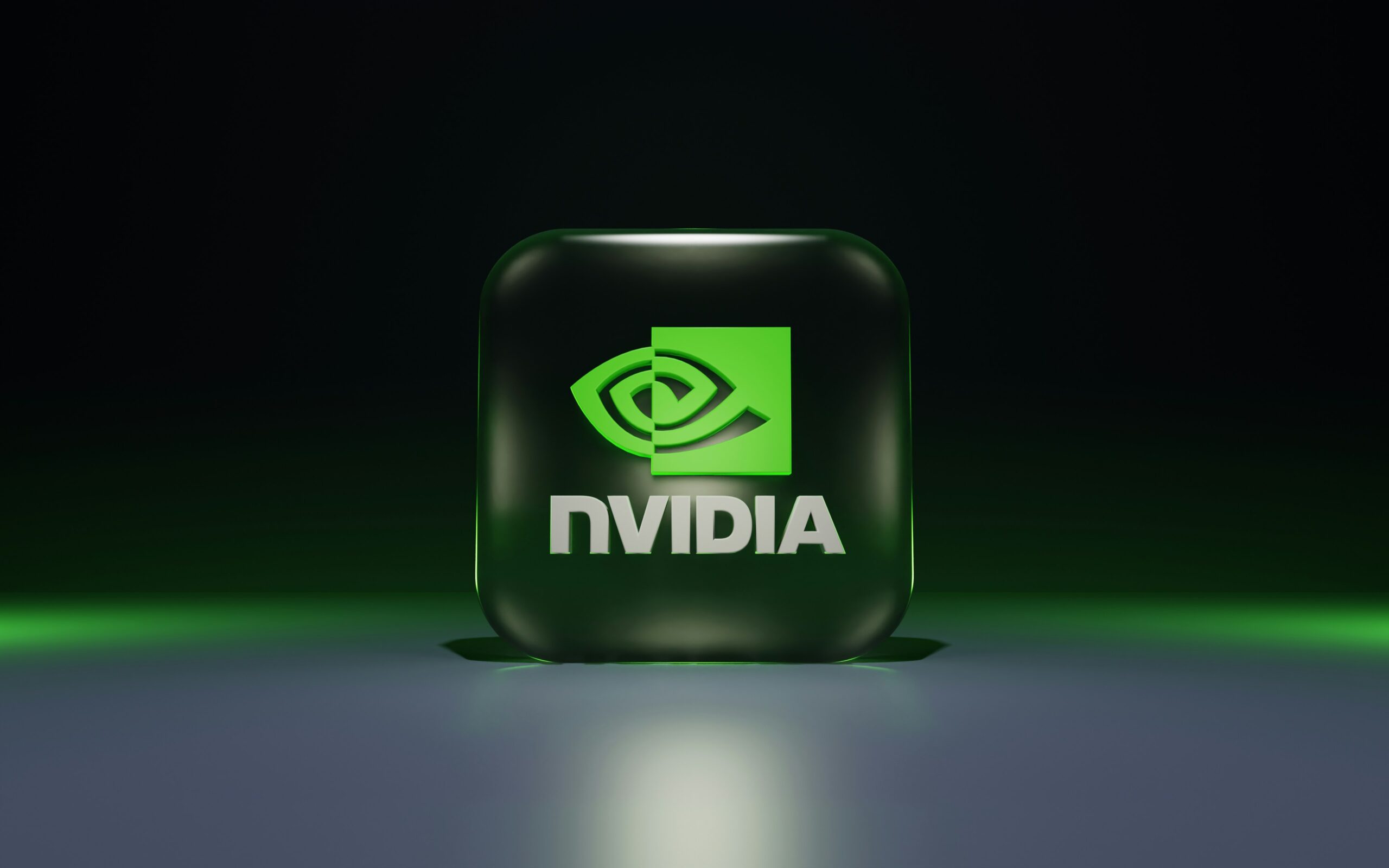
The Rise of Nvidia: A Decade of Growth
Nvidia Corporation, founded in 1993, has undergone remarkable evolution over the past decade, fundamentally transforming from a graphics processing unit (GPU) manufacturer to a leader in diverse technology sectors such as artificial intelligence (AI), gaming, and data centers. This journey can be traced through pivotal milestones that have significantly contributed to the company’s unparalleled stock appreciation.
One of the most noteworthy developments occurred in 2012 when Nvidia launched its first GPU architecture specifically designed for AI applications, known as Kepler. This marked the beginning of Nvidia’s deep involvement in AI-driven initiatives. The introduction of the CUDA programming model enabled developers to harness GPU power for parallel computing, establishing Nvidia as a go-to partner for researchers and engineers in various fields.
In 2018, Nvidia’s growth trajectory took another leap with the release of its Turing architecture, which integrated AI capabilities directly into GPUs, enhancing real-time ray tracing and machine learning capabilities. This ambitious leap not only captivated the gaming community but also positioned Nvidia favorably within industries focused on deep learning and data analysis.
Moreover, Nvidia’s strategic business practices, including acquisitions like Mellanox Technologies in 2019, allowed the company to strengthen its data center offerings. This acquisition played a pivotal role in enhancing the performance of high-speed data interconnects, thereby catering to the growing demand for cloud computing and AI inferencing. Nvidia’s efforts did not stop there; further advancements in cybersecurity and autonomous vehicles further diversified their market reach.
Through continuous innovation and opening of new market segments, Nvidia’s stock value soared dramatically, reflecting investor confidence. The confluence of these technological breakthroughs has not only catapulted Nvidia to the forefront of the tech landscape but has also paved the way for impressive financial returns for investors over the past ten years.
Understanding the Investment: How Stock Prices Have Changed
Nvidia Corporation, a leading technology company renowned for its graphic processing units (GPUs), has experienced significant stock price fluctuations over the past decade. This period has been marked by transformative innovations, strategic business moves, and broader market trends that have collectively influenced investor sentiment and stock performance. Beginning in 2013, Nvidia’s stock was priced around $12, but by 2023, it reached extraordinary heights, illustrating a remarkable growth trajectory.
One of the pivotal moments affecting Nvidia’s stock was the surge in demand for GPUs, particularly during the cryptocurrency boom in 2017. As cryptocurrencies gained traction, miners turned to Nvidia’s high-performance GPUs, resulting in a sharp rise in revenue and consequently, stock prices. However, the subsequent decline in cryptocurrency prices led to increased volatility, impacting investor confidence and causing fluctuations in Nvidia’s stock value.
In addition, product launches have played a crucial role in determining the stock price. For instance, the introduction of the RTX 20 series in 2018, which brought ray tracing technology to gaming, boosted Nvidia’s appeal among gamers and professionals alike, solidifying its market dominance. This product innovation contributed to a notable rally in the company’s stock, showcasing how technological advancements can directly correlate with stock performance.
Investor sentiment has also been influenced by external market trends, particularly the growing importance of artificial intelligence (AI) and machine learning. As Nvidia positioned itself at the forefront of AI technology, the anticipation surrounding its potential sparked an upward momentum in stock pricing, indicating strong market confidence in the company’s future prospects.
The timeline of Nvidia’s stock price movements, integrated with major company announcements and market events, elucidates the intricate relationship between business strategy and stock valuation. As Nvidia continues to innovate and adapt in a rapidly evolving tech landscape, understanding these dynamics remains crucial for current and prospective investors.
Calculating Your Returns: What a $10,000 Investment Looks Like Today
Investing in stocks can yield significant returns, particularly when timing and market conditions align favorably. For investors who allocated $10,000 to Nvidia shares a decade ago, the financial outcomes can be illuminating. To understand the worth of this investment today, we must analyze Nvidia’s historical performance, considering stock prices, dividends, and growth rates.
Ten years ago, Nvidia’s stock was priced at approximately $13.32. By calculating the number of shares purchased, investors who invested $10,000 would have acquired around 751 shares. As of October 2023, Nvidia’s stock price has soared to about $500 per share. This remarkable increase represents a staggering appreciation of nearly 3,600%. If we multiply the current share price by the number of shares obtained, a $10,000 investment in Nvidia would now be valued at about $375,500.
Another component of these calculations is the dividends, which Nvidia began issuing in recent years. While this might not significantly impact the overall appreciation as Nvidia prioritizes reinvesting profits for growth, it is still worth noting. Assuming an average dividend yield of roughly 0.05% since dividends commenced, the investor’s gains would be incremented slightly. Therefore, the total return from dividends might add a few hundred dollars to the initial investment. However, the most pressing factor remains the exceptional growth in the stock price.
When contrasted with other popular stocks or indices, such as the S&P 500, which has experienced an average return of about 15% annually over the same period, Nvidia’s performance stands out prominently. This comparison illustrates how distinctive Nvidia’s investment journey has been, reflecting its unique position in the tech sector driven by demand in gaming, AI, and other innovations. Nevertheless, understanding these calculations provides crucial insights into the potential benefits of investing in high-growth stocks like Nvidia.
Lessons Learned: What This Investment Journey Teaches Us
The incredible journey of turning a modest investment in Nvidia into substantial wealth highlights several pivotal lessons that can serve as valuable guidelines for both seasoned and novice investors. One of the primary takeaways from this investment saga is the significance of long-term investing. It is essential to recognize that revolutionary changes in technology and market dynamics do not happen overnight. Rather, they are the result of persistent effort, innovation, and a well-calibrated vision that aligns with future trends. Investors who maintain a long-term perspective are usually more equipped to withstand short-term market fluctuations, allowing them to fully benefit from substantial growth opportunities.
Another critical lesson lies in the value of staying informed about technological shifts. The ever-evolving landscape of technology can present both risks and opportunities. Keeping abreast of industry developments, trends, and emerging technologies can empower investors to make informed decisions. Nvidia’s ascent was not merely a result of luck; it stemmed from strategic foresight into the potential of artificial intelligence, machine learning, and graphics processing. Investors are encouraged to delve into research, attend industry conferences, and engage with insightful resources that can provide a clearer understanding of current and future technologies.
Diversification strategies also emerge as vital elements in navigating the investment realm. While the Nvidia investment journey is remarkable, relying solely on a single company can expose investors to undue risk. A diversified portfolio can help mitigate potential losses by spreading investments across various sectors and asset classes. Therefore, potential investors considering current market and emerging technology companies should take a holistic approach to investing. This thoughtful strategy combines informed research, long-term positioning, and a balanced portfolio to maximize their chances of success in an increasingly competitive landscape.

